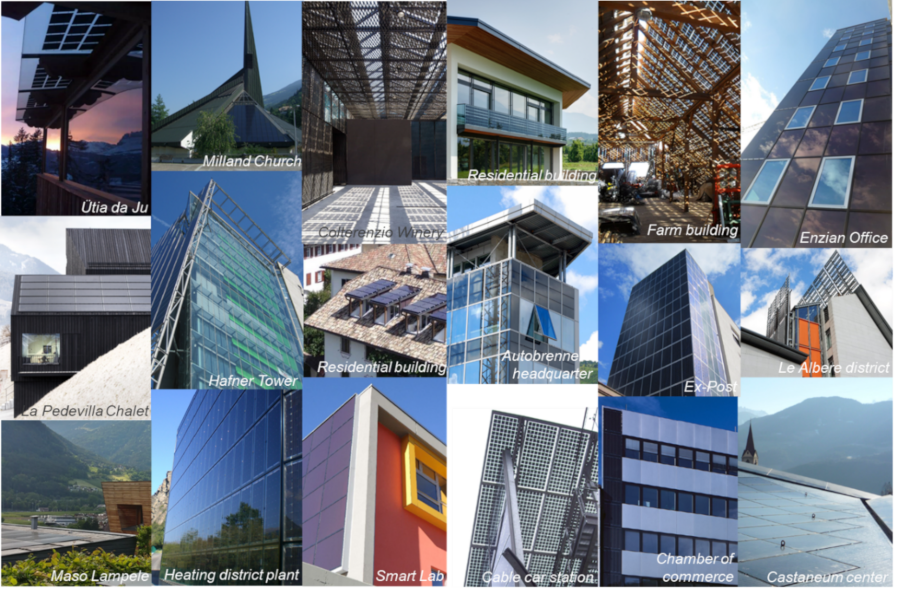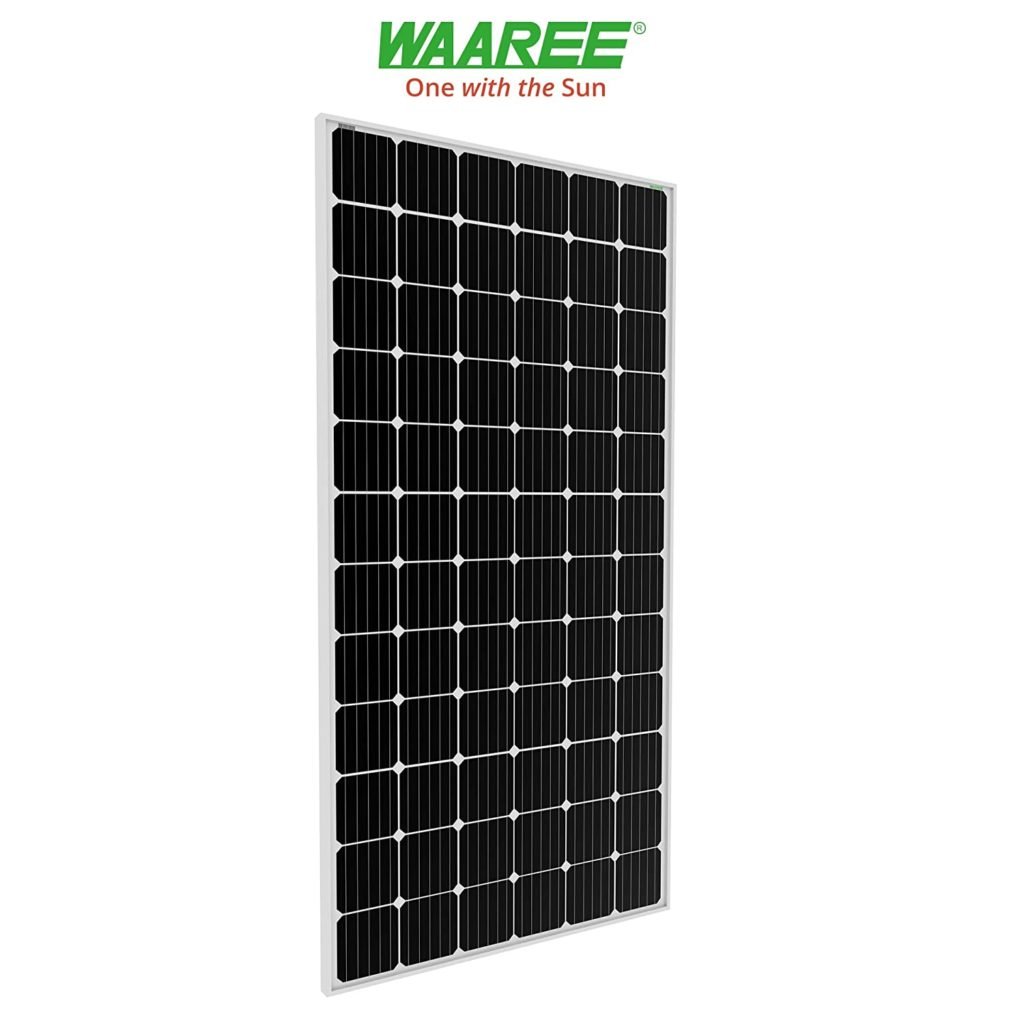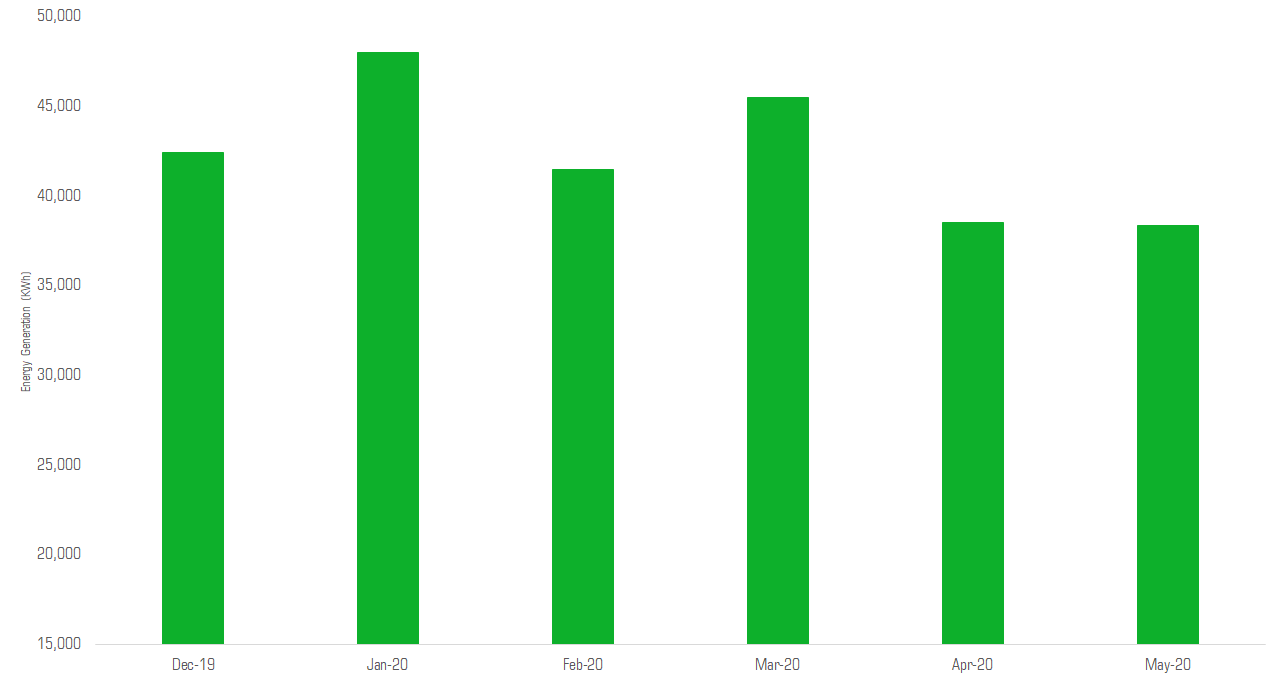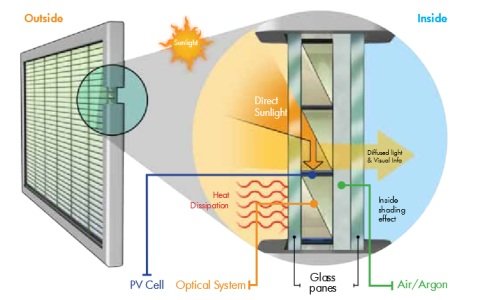Building Integrated Photovoltaic (BIPV) systems is basically the integration of the solar modules over/ in place of the vertical walls/see through glasses of the buildings.
These PV module get integrated with buildings element such as roof and façade which both serves as a building envelope material and at the same time generate energy.

The implementation of BIPV has now started gaining traction because of the net-zero building demand and the top commercial giants moving to 100% renewable energy.
The advantage of installing such modules over the buildings are multi-pronged as mentioned below-
- They provides thermal insulation (heating as well as cooling) to the building when it acts as a replacement for wall/ windows.
- BIPV module when replacing the wall provides active noise protection/ cancellation.
- The BIPV modules have a wide range of operating temperature from – 40 °C to +85 °C.
- These system(s) can be interfaced with the available utility grid or could be used in stand-alone system/ off grid system.
- It provides mechanical resistibility and structural integrity to a building
- BIPV modules just like the outer façade protect the building from aggressive weather factors like snow, rain, hail, wind, etc.
India has recently commissioned its largest BIPV installation of 863 kW. This installation is on CtrlS Data centre building in Mumbai which is the country’s rated-4 Data centre providing the highest guaranteed up time of 99.995%.


The building has utilized special modules provided by Waaree Energies. The modules were installed onto aluminium rails and then the assembly was fixed upon vertical steel section which was further held by a steel anchor.
The data centre has total solar PV power capacity of 863 kWp. It has used 2,466 number of highly efficient mono PERC solar modules of 350 Wp, which were the best in class modules at the time of order execution.
The plant has been commissioned in November-19 and it has been generating steady power since then. On an average, the plant is generating around 43 MWh/ month which is around 7% higher than the energy output simulated on an industrial standard software.

With the power output of module ever increasing with a parallel drop in its prices, PV markets overall seems to be growing exponentially.
Further with an increase in power output & minimal increase in size, there is an extra savings in BOS cost in power plant which is also replicable when using it in BIPV plant.
This means that BIPV would also be one of the mainstream markets in the near future.
The story is based on Waaree Newsletter; edited by Clean-Future Team







